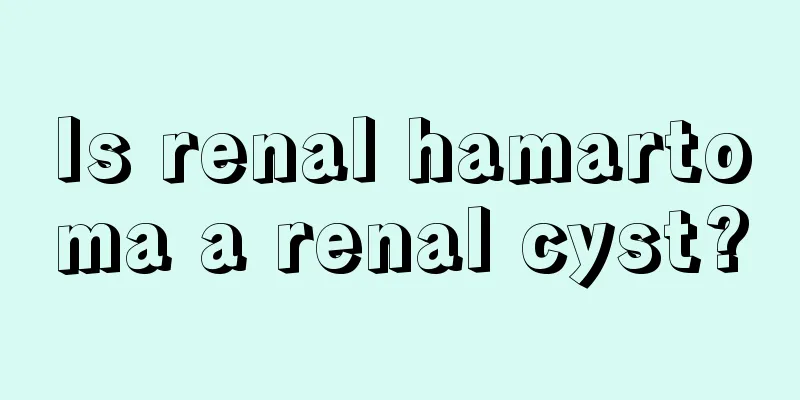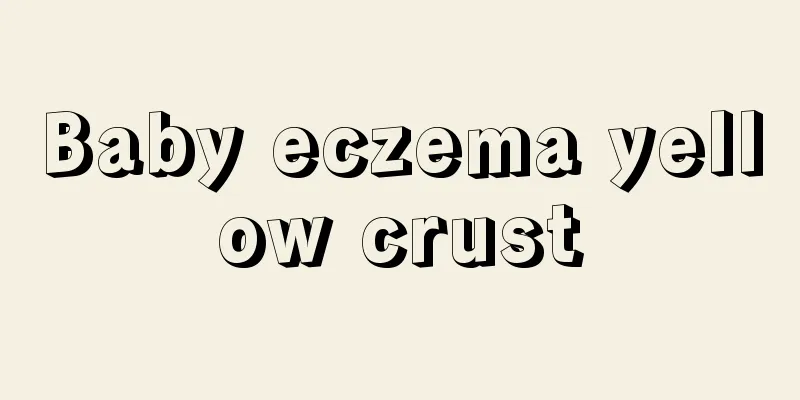Is renal hamartoma a renal cyst?

|
Renal hamartoma is not a renal cyst. Although both are kidney diseases, there are essential differences between them. They are two different diseases. Whether it is the pathogenesis, clinical manifestations or treatment principles, there are differences. They should not be confused. If patients cannot distinguish between the two diseases by themselves, it is recommended to seek medical treatment in time and let the doctor diagnose and judge. Although both renal hamartoma and renal cyst are kidney diseases, there are essential differences between the two. They are two different diseases, whether in pathogenesis, clinical manifestations or treatment principles. In life, people lack knowledge about these two diseases and often confuse the two, which is actually a misconception. So what are the differences between renal hamartoma and renal cyst? Specifically, they are manifested in the following aspects: 1. Different pathogenesis. Renal hamartoma is a benign tumor composed of abnormally proliferating blood vessels, smooth muscle and adipose tissue in different proportions. Therefore, it is also called renal angiomyolipoma. The cause is still unclear. Most renal cysts are simple renal cysts, and hereditary renal cysts account for a relatively small proportion. It is generally believed that simple renal cysts are caused by the increasing number of renal tubular diverticula with age. 2. Different clinical manifestations. The vast majority of patients with renal hamartomas do not have typical symptoms, but some renal hamartomas are relatively large and will compress organs such as the duodenum, causing digestive tract discomfort. Severe patients will have symptoms such as low back and abdominal pain, hematuria, and even shock. When a simple renal cyst is small in size, there are generally no obvious symptoms because there is no compression. Only when the cyst increases in size, compresses the blood vessels and urinary tract, and causes occlusion or obstruction will the corresponding manifestations appear, and may further affect renal function. 3. Different treatment principles. When the diameter of a renal hamartoma is less than 4 cm, no treatment is required, but close follow-up is required; when the diameter of a renal hamartoma exceeds 5 cm, hamartoma resection surgery is required. Since simple renal cysts have little impact on the body, they only require follow-up for 6 months to 1 year without treatment; but if the cyst diameter exceeds 5 cm, cyst fluid aspiration and intracystic injection of sclerosant, or surgical treatment is required. Although both renal hamartoma and renal cyst are benign tumors, they are essentially different in many aspects and are two completely different kidney diseases that should not be confused. If you cannot clearly distinguish between the two diseases in your life, it is recommended to seek medical attention in time, identify the symptoms, and seek treatment as soon as possible. |
Recommend
Does being angry cause diarrhea?
Many friends who get angry easily often run into ...
Three common factors causing tongue cancer
The cause of tongue cancer is still unknown. Long...
What are the symptoms of rib inflammation?
The ribs are an important part of the thoracic ca...
What to do if the lid of the water cup cannot be unscrewed
Everyone should have a water cup. We can use it t...
What to do if your hands feel hot after cutting peppers
What should you do if your hands feel hot after c...
How to treat psoriasis
Psoriatic nails are a type of psoriasis, and thei...
Is aspirin plus honey effective in removing freckles?
I wonder if you have ever heard of aspirin plus h...
What should I do if I get stung by a bee and it itches?
We have all seen bees in our lives. Most people’s...
What are the early symptoms of breast cancer
What are the early symptoms of breast cancer? Bre...
The 6 most common examination methods for liver cancer. Some details you must know when diagnosing liver cancer
What are the most common examination methods for ...
Can wearing a mask prevent formaldehyde?
Masks are something we see very often. In recent ...
How to make canned blueberries
The canned fruits that we often eat in our daily ...
What are the diagnostic methods for pancreatic cancer?
Pancreatic cancer is a disease that makes everyon...
Can you still eat durian if it's soft and rotten?
Everyone loves to eat durian. Although durian doe...
Does Pu'er tea reduce internal heat?
Pu'er tea is a specialty tea of Yunnan, and...









